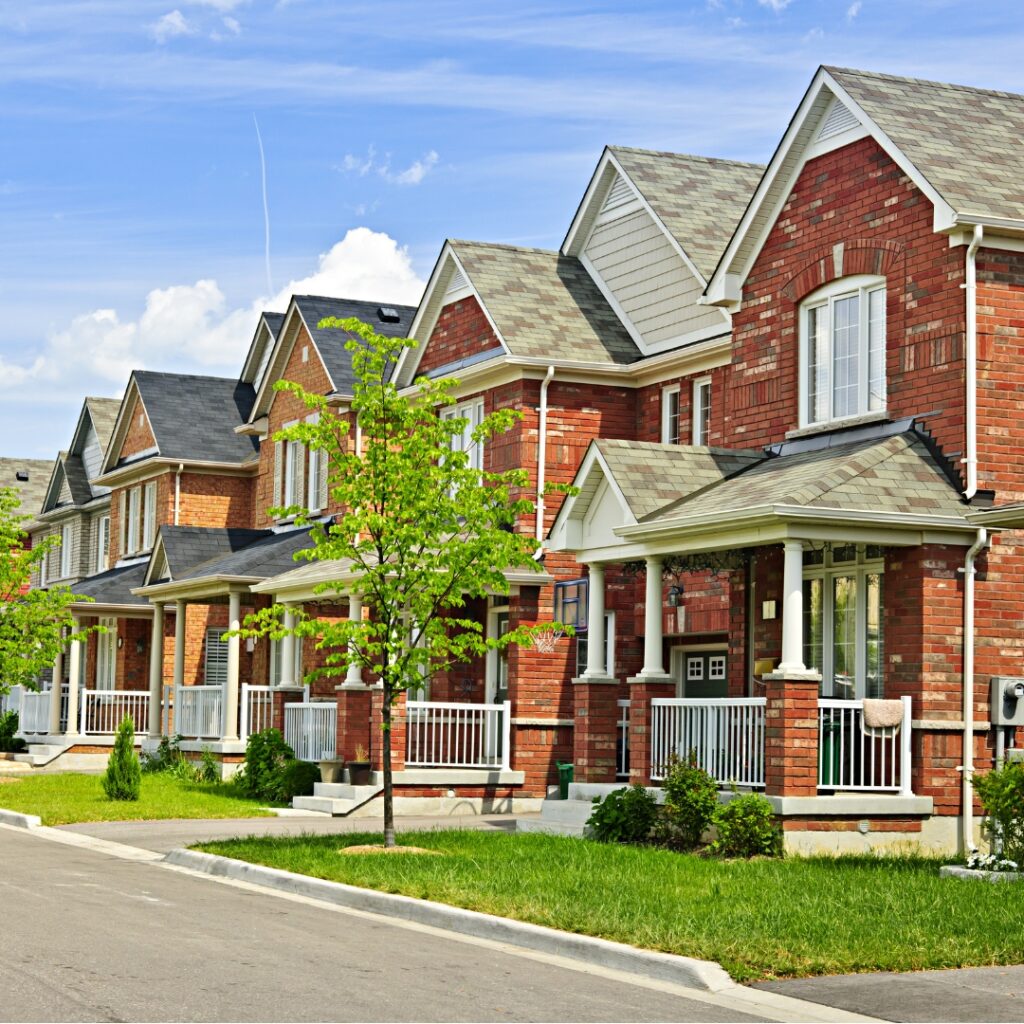The 2024 “Cross-Canada Survey of Radon Exposure in the Residential Buildings of Urban and Rural Communities”(or Cross-Canada Radon Survey for short) represents the first update on Canadian residential radon exposure in over a decade. The new survey has been a collaborative effort between the Evict Radon National Study, Health Canada, CAREX Canada, and the British Columbia Centre for Disease Control, with additional data supplied by the Yukon Housing Corporation, Radonova Inc., LungNSPEI, NB Lung, and Statistics Canada.
The 2024 Cross-Canada Radon Survey documents increasing radon exposure across Canadian residential properties, and places Canadians as some of the most radon-exposed persons globally. The report reveals nearly 18% of Canadian residential buildings contain radon levels at or exceeding 200 Bq/m³, the threshold at which Health Canada advises action to reduce indoor radon concentrations. This is more than double the 6.9% of households that recorded radon levels at or above this limit just over a decade ago in the 2012 Cross-Canada Radon Survey.
KEY FINDING = Nearly 1 in 5 Canadian residential buildings* are at or above 200 Bq/m³ radon, with the average household radon level being 84.7 Bq/m³. *excluding apartments
Prolonged radon gas inhalation is the leading cause of lung cancer among non-tobacco users in Canada, with the lifetime lung cancer risk increasing by 16% for every 100 Bq/m³ of radon. The report’s findings indicate an estimated 10.3 million Canadians live in houses that present an elevated risk of developing lung cancer from radon exposure. The rise in radon exposure is a critical public health concern. The only way to know if a home has an elevated radon level is to test, regardless of geographic location.
The Cross Canada Radon Survey is a comprehensive national study conducted to assess radon levels in Canadian residential properties. The survey aims to provide data that informs public health initiatives and policies to reduce radon exposure and its associated health risks.
The report was funded by the Canadian Institutes of Health Research Healthy Cities Research Initiative, Health Canada, the Alberta Real Estate Foundation and the Canadian Cancer Society.
View the Report